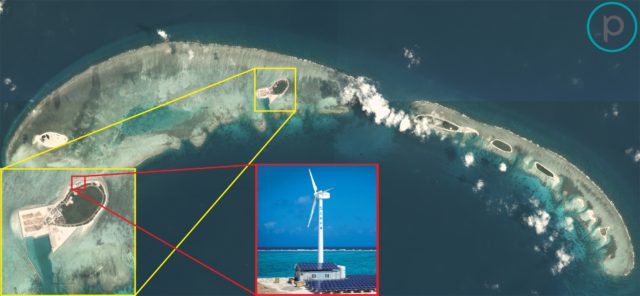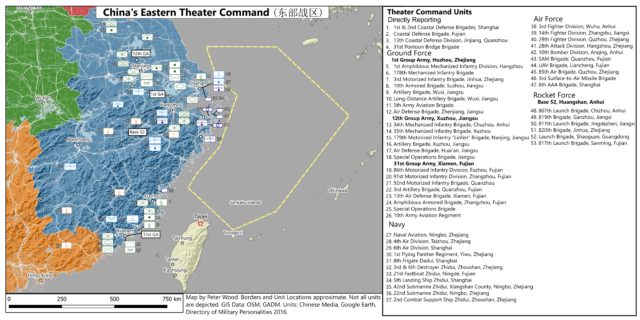William S. Lind
The Trump Defense department is dominated by Marines. The Secretary of Defense, James Mattis, was until recently a Marine General. His number two, Deputy Secretary of Defense Robert Work, as a Marine captain was one of my students in the seminar that put together maneuver warfare for the Marine Corps. The Chairman of the JCS, General Joseph F. Dunford Jr., is a Marine, as is his J-5 (Strategic Plans and Policy), Lt. Gen. Frank McKenzie.
All these Marines were exposed to maneuver warfare and military reform from their earliest days in the Corps onward. As the best the Marine Corps has produced, it is reasonable to think they are readers of serious military history and theory. General Mattis is notably so.
So why are we hearing nothing about military reform from any of them? So far, all the Trump administration has done in defense is add $54 billion to the budget to do more of what has not worked. Friends inside the Pentagon say it’s all just business as usual. There has not been so much as a hint of reform, a word about leading all our armed services toward Third Generation maneuver warfare.
It is not as if a well-developed agenda for military reform is lacking. That was put together in the 1980s, and most of it is relevant, mainly because we have remained as firmly stuck in the mud of Second Generation war as we were then. It begins with setting the basic components of military strength in the right order: people, ideas, and hardware. So far, DoD’s Marine leaders have continued to put hardware first with people a long way second and ideas invisible.





